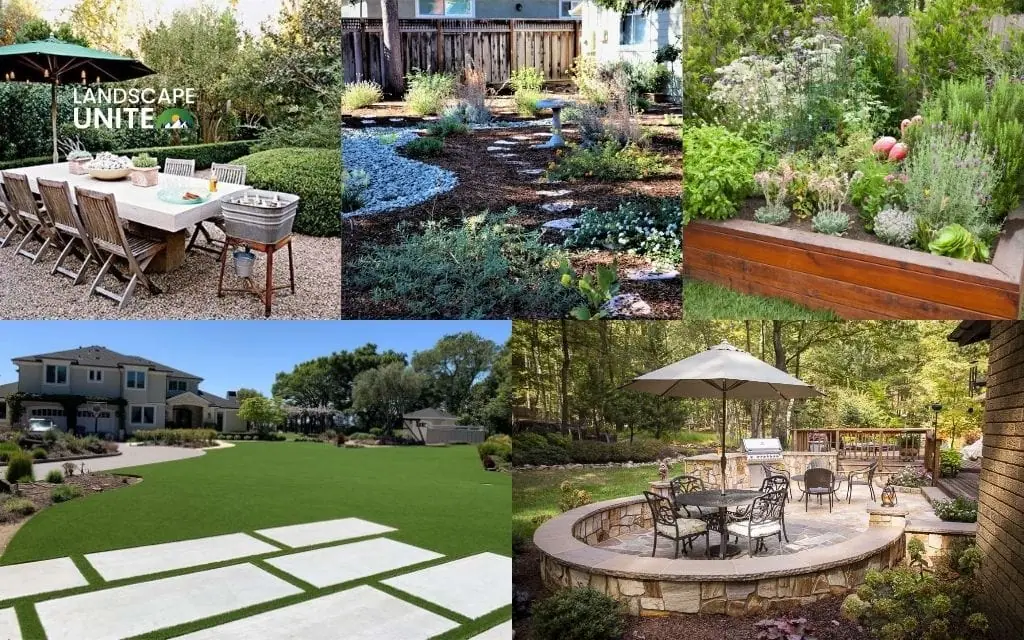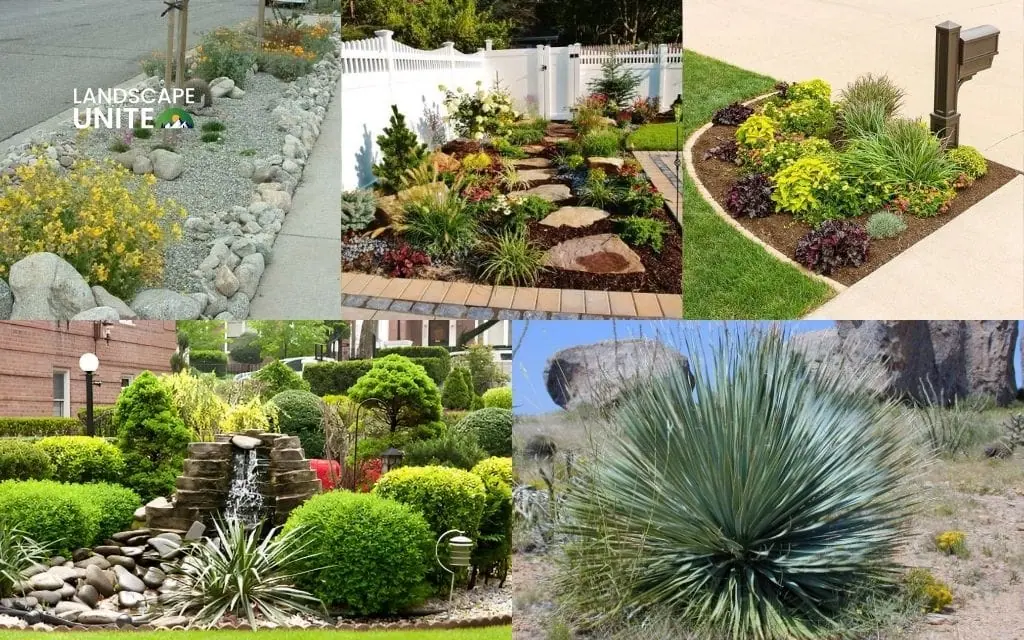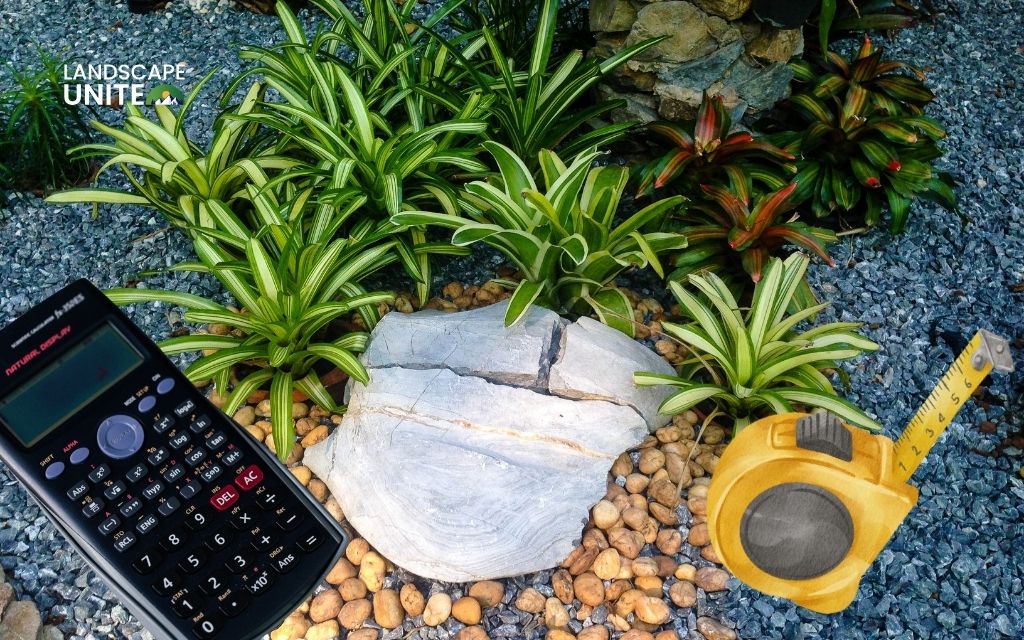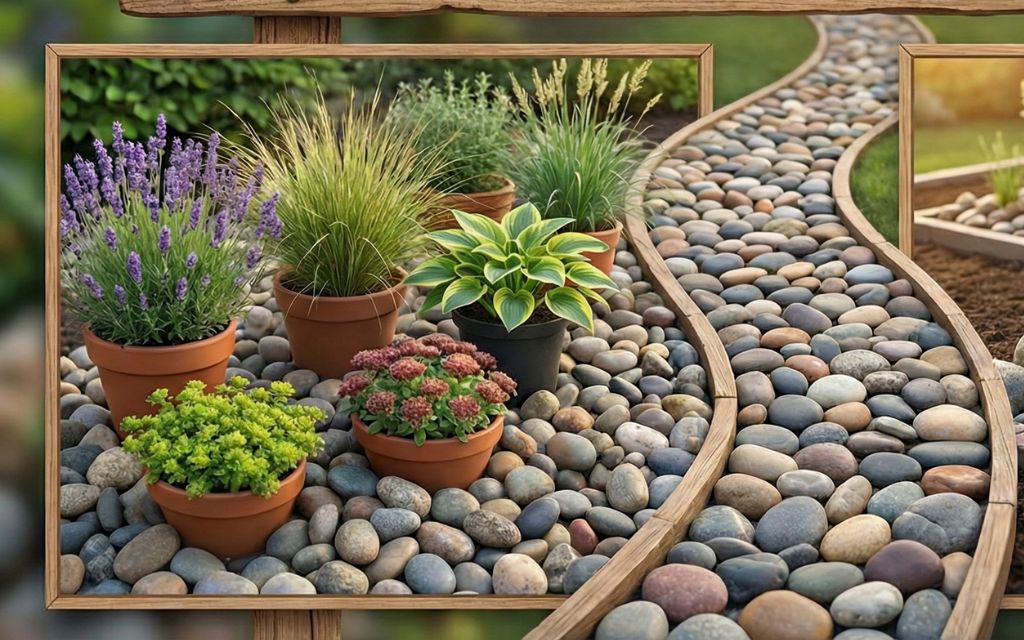Water bills climbing higher every month? Tired of watching your lawn struggle through drought conditions? You’re not alone. Thousands of homeowners are discovering that xeriscaping offers the perfect solution to create stunning landscapes while dramatically reducing water usage by 50-80% compared to traditional gardens.
Xeriscaping isn’t about creating barren, desert-like spaces. It’s a landscaping approach that combines aesthetic appeal with ecological functionality, using drought-tolerant plants and smart design principles to create lush, vibrant gardens that thrive with minimal water. Whether you’re dealing with water restrictions, high utility costs, or simply want a more sustainable approach to gardening, these 30 xeriscape ideas will help you reimagine your outdoor space.
The term “xeriscaping” comes from the Greek word “xeros” meaning dry, combined with landscaping. But unlike zero-scaping that relies heavily on hardscape, xeriscaping incorporates beautiful plantings that create cooler microclimates through strategic plant placement while serving as a proactive approach to climate change adaptation.
Front yard xeriscape ideas that boost curb appeal
1. Native grass lawn replacement
Replace your high-maintenance turf with native grasses like Blue Grama or Buffalo Grass. These drought-tolerant alternatives provide soft movement in the breeze, stay green through spring and summer, then turn golden in fall. They’re perfect for full-sun areas and require minimal mowing once established.
2. Flagstone path with creeping groundcover
Create a welcoming entrance with flagstone stepping stones set into creeping thyme or ice plant. These groundcovers bloom in purple and pink, adding color while providing walkability. Add decorative boulders along the edges for visual anchoring and structure.
Find out more about all types of landscape rocks in this guide.
3. Perennial pollinator border along driveway
Design a bold driveway edge using yarrow, blanket flower, and penstemon. These native plants rotate blooms throughout the seasons, attracting beneficial bees and butterflies while creating a dynamic front yard xeriscape that changes with the seasons.
Gain insights on how to create a pollinator-friendly xeriscape garden in this guide.
4. Dry creek bed for drainage and design
Install a decorative rock channel with gentle curves to redirect water runoff from sloped yards. Plant Russian sage and switchgrass alongside for contrast and texture. This xeriscape landscaping idea serves both functional and aesthetic purposes.
5. Layered entry bed with ornamental grasses
Structure your front yard xeriscaping ideas with rabbitbrush in the back, salvia in the middle layer, and low creeping veronica in front. This creates a natural “welcome mat” effect with seasonal blooms and varying heights.

6. No-lawn front yard with raised beds
Create a modern look by replacing grass with mulch and adding stone-edged raised beds. Fill these beds with native perennials and ornamental grasses for clean lines and easy maintenance. This approach works especially well for xeriscape ideas colorado homeowners.
7. Flagpole circle garden with focal plants
Transform tree wells or areas around flagpoles into striking focal points using agastache and yucca in three-plant groupings. This simple xeriscape approach creates symmetry while ensuring drought success.
8. Sloped corner berm with prairie perennials
Build up soil in corner areas to create dimension and reduce erosion. Plant with native coneflower, gaillardia, and little bluestem for a natural prairie look that thrives in challenging conditions.
9. Mixed shrub buffer along fence line
Use mahonia, serviceberry, and sand cherry to create height and privacy along property lines. Space plants with future growth in mind and add gravel or bark mulch as a moisture-retaining base.
10. Stone garden with seasonal anchors
Combine decorative granite or basalt rocks with interplanted seasonal flowers like catmint, lavender, and evening primrose. This creates a modern, minimalist aesthetic that works year-round.
Backyard xeriscape ideas for outdoor living
11. Gravel patio with bistro seating
Create a low-maintenance entertaining space using decomposed granite or pea gravel. Surround the area with bushier plants like Apache plume for natural privacy and cooling shade.
12. Play-ready lawn patch with drought turf
For families needing some grass, use water-efficient varieties like RTF fescue or hybrid bluegrass blends in designated play areas. Frame these zones with mulch paths and planted borders for a cohesive look.
13. Edible xeriscape bed with herbs
Combine rosemary, sage, and lavender with dwarf vegetables in raised beds. Include drip irrigation and mulch for minimal maintenance while enjoying fresh herbs and produce.
14. Fire pit garden with seating wall
Design a circular patio or crushed rock pad around your fire pit with built-in stone seating. Surround with clump grasses and hardy succulents for a cozy evening atmosphere.
15. Rain garden with native wildflowers
Create a shallow basin at your yard’s lowest point to capture and utilize roof runoff. Plant with penstemon, bee balm, and other moisture-loving natives that can handle both wet and dry periods.

16. Hammock nook with groundcover
Under existing trees or shade sails, plant creeping Oregon grape and fernbush with soft mulch surfaces. Add boulders as anchor points for the ultimate relaxation spot.
17. Backyard wildlife habitat zone
Use milkweed, coneflower, and Rocky Mountain penstemon to create pollinator-friendly spaces. Add birdbaths or bee houses to enhance the wildlife appeal of your xeriscape backyard ideas.
18. Flagstone dining area with plant borders
Install natural stone flooring for outdoor dining spaces, surrounded by potted succulents and perimeter plantings. This creates perfect spaces for entertaining while maintaining water efficiency.
19. Zen corner with sculptural elements
Design a meditative space using fine granite gravel with vertical plants like red yucca or New Mexico privet. Add a focal boulder or lantern for enhanced style and tranquility.
20. Meadow-style back border
Plant a low-seed native grass and wildflower blend that requires mowing only once yearly. This ultra-low maintenance approach pairs beautifully with both modern and rustic home styles.
Small yard and simple xeriscape solutions
21. Corner triangle bed with decorative rock
Perfect for entry corners or fence-line edges, use dwarf mugo pine and autumn joy sedum for compact, year-round interest. These xeriscape ideas for small front yard spaces maximize impact in minimal space.
22. Mailbox garden with pollinator mix
Replace grass around mailboxes with black-eyed susan, purple coneflower, and coreopsis. These simple xeriscape ideas create beautiful focal points that require minimal maintenance.
23. Side yard strip with stepping stones
Transform narrow, awkward zones with mulch pathways and drought-tolerant plants like hens and chicks or creeping jenny. Perfect for areas that receive partial shade.
24. Minimalist pot cluster arrangement
Group 3-5 ceramic or concrete containers over gravel beds. Fill with lavender, blue fescue, and agave for simple charm that works on patios, decks, or small front yards.
25. Urban parkway strip conversion
Replace grass strips between sidewalks and streets with tough, low-profile plants like prairie zinnia and yarrow. Check local regulations before implementing these xeriscaping ideas colorado residents.

26. Vertical wall planter with herbs
Mount modular planters or repurposed pallets on fences for oregano, sage, and thyme. Perfect for patios, balconies, or anywhere horizontal space is limited.
27. Half-moon garden bed around trees
Create crescent-shaped beds under mature trees using shade-tolerant, low-water plants like Oregon grape and columbine. This maximizes planting space while protecting tree roots.
28. Rock and succulent dish garden
Use wide, shallow containers filled with cactus soil for red yucca, hen and chicks, and various sedums. These portable xeriscape landscape ideas work anywhere.
29. Modern grid patio with groundcover
Set square pavers with 2-4 inch spacing filled with creeping thyme for a minimalist, functional approach in tight spaces. The plants soften hard edges while requiring minimal water.
30. Small circle meditation garden
Define a 6-8 foot diameter circle with mulch, add a focal boulder, and plant 3-4 low native perennials around the perimeter. This creates a tranquil spot for reflection and relaxation.
Making xeriscaping work in your climate
Xeriscaping adapts to any climate or region, not just desert environments. The key lies in selecting climate-appropriate plants and following the seven principles of xeriscaping: planning and design, soil improvement, efficient irrigation, appropriate plant selection, mulching, limited turf areas, and proper maintenance.
In Colorado, xeriscape ideas colorado focus on plants that handle temperature extremes and low humidity. Pacific Northwest xeriscaping emphasizes plants that thrive in wet winters and dry summers. Midwest xeriscaping incorporates native prairie plants that handle both drought and occasional flooding.
Consider these factors when planning your xeriscape:
- Soil conditions: Improve drainage and add organic matter to help plants establish strong root systems. Proper soil amendments for xeriscaping create the foundation for success.
- Microclimates: Identify areas of your yard that stay cooler or warmer, windier or more protected. This helps you place plants where they’ll thrive naturally.
- Water sources: Plan for rainwater harvesting systems or efficient irrigation zones for plants that need occasional deep watering during establishment.
- Maintenance preferences: Choose plants and designs that match your available time and energy for garden care.
Financial benefits and incentives
Xeriscaping can increase property values by 5-15% in drought-prone regions while qualifying homeowners for water rebates and tax incentives in many areas. The initial investment typically pays for itself within 2-3 years through reduced water bills and maintenance costs.
Many utility companies and municipalities offer xeriscaping rebates and incentives to encourage water conservation. These programs may cover a portion of plant costs, irrigation system upgrades, or lawn removal expenses.
Learn more about the cost of an xeriscape garden in this blog.
Getting started with your xeriscape transformation
Ready to begin your xeriscape journey? Start small with one area or bed at a time. This allows you to learn what works in your specific conditions while spreading costs over time.
Begin by observing your yard throughout different seasons. Notice where water naturally flows, which areas get the most sun, and where existing plants thrive or struggle. This information guides your plant selection and design decisions.
Consider working with professionals who understand local growing conditions and can help you navigate available rebates and incentives. They can create custom plans that maximize both beauty and water savings for your specific property.
Conclusion
Xeriscaping offers the perfect combination of beauty, sustainability, and cost savings. These 30 ideas provide inspiration for yards of any size and style, proving that water-wise doesn’t mean sacrificing visual appeal.
Whether you’re drawn to modern minimalist designs or prefer cottage garden charm, xeriscaping principles can help you create outdoor spaces that thrive with minimal resources while supporting local ecosystems and wildlife.
At Landscape Unite, we’re passionate about sharing the best information about landscaping, hardscaping, and gardening for everyone. Our blog provides practical tips and inspiration from Mile High Lifescape’s years of experience creating beautiful, sustainable outdoor spaces.
Ready to transform your landscape? Subscribe to the Landscape Unite blog for more water-wise gardening tips and discover new posts that will help you create the outdoor space of your dreams. If you need professional guidance on costs and implementation strategies, visit Mile High Lifescape to discuss your specific project needs and explore customized solutions for your property.
Learn more about xeriscape garden topic:
- What are the 7 principles of xeriscaping and how do they work?
- 15 easy xeriscaping ideas for beginners to transform your yard
- 10 best dog-friendly xeriscape backyard ideas to transform your home
FAQs about xeriscape ideas
Can I xeriscape without removing all my grass?
Yes, xeriscaping focuses on water conservation and smart plant selection. You can keep grass in high-use areas while converting other zones to drought-tolerant alternatives.
How much space do I need for xeriscaping?
Any size yard can benefit from xeriscaping principles. Start with small areas like mailbox gardens or corner beds, then expand as you gain confidence and see results.
Will xeriscaping work in partial shade areas?
Absolutely. Choose shade-tolerant, drought-resistant plants appropriate for your light conditions. Many native woodland plants thrive with minimal water once established.
What are the best plants for front yard xeriscaping?
Consider lavender, yarrow, purple coneflower, ornamental grasses, yucca, and agave for attractive, low-maintenance front yard displays that work in most climates.
How do I maintain xeriscapes through winter?
Focus on proper mulching, strategic watering during dry spells, and selecting plants rated for your winter temperatures. Most established xeriscapes require minimal winter care.


